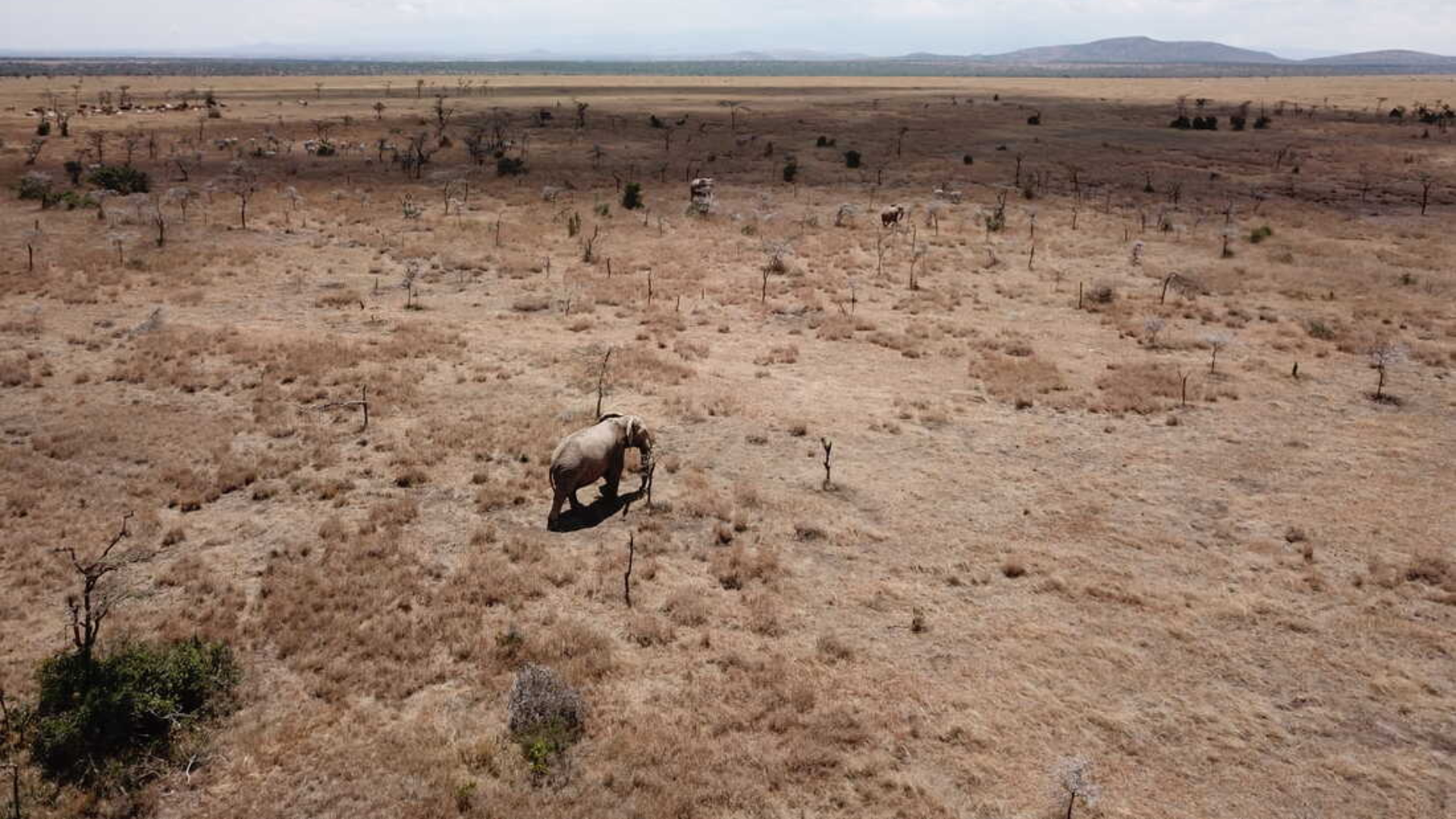At the Ol Pejeta Conservancy in central Kenya, a diverse array of wildlife roams the savannah, punctuated by the iconic “whistling thorn” acacia trees. However, the landscape has undergone significant changes in recent years due to the introduction of invasive ants, altering ecological dynamics in unforeseen ways.
The once harmonious alliance between whistling thorn trees and acacia ants at Kenya’s Ol Pejeta Conservancy has been disrupted by the invasion of a formidable outsider. In a domino effect outlined in a recent publication in the journal Science, the intrusion of an invasive ant species has triggered a series of consequential events, altering the behavior of elephants and reshaping the diet of lions. This disturbance has upended the delicate balance of the ecosystem, with reverberations that continue to reverberate through the savannah to this day.
The Native-Ant Mutualism

Thorn acacia bush-this plant is a favourite food source of many animals. Tiny ants also live in gall on te trees.
Twenty years ago, the savannah was lush with acacia trees, fostering a symbiotic relationship with native acacia ants. These ants defended the trees against herbivores like elephants, which in turn provided shelter and sustenance for the ants.
Around two decades ago, the invasive big-headed ant infiltrated the region, likely transported via imported produce. These aggressive ants decimated native ant populations, leaving acacia trees vulnerable to herbivores.
Effects on Acacia Trees and Elephants

Ant protection from elephant herbivory in West African Acacias
With native ants eradicated, acacia trees became easy targets for elephants, leading to widespread defoliation and uprooting. The landscape transformed from dense tree cover to open grasslands, with 70-80% of trees cleared in two decades. These trees provided food and shelter for native acacia ants and in turn, the ants defended the trees against animals, like elephants, that would eat them. When elephants grabbed tree leaves, these native ants would swarm up the inside their trunks and bite them.
Impact on Lion Prey and Hunting Behavior
The decline in tree cover has affected lion hunting success, particularly with their primary prey, zebras. Lions were three times more successful in wooded areas compared to open grasslands due to reduced ambush opportunities.
Scientific Study
Researchers conducted extensive fieldwork to document the ecological changes, highlighting the intricate web of interactions disrupted by the invasive ants. The study provides insight into the ripple effects of invasive species on ecosystem dynamics.
While lions have adapted to dietary changes, the relentless spread of invasive ants poses ongoing challenges. Efforts to control ant populations are uncertain, and researchers will continue monitoring ecosystem shifts, considering the added stress of climate change.
The story of Ol Pejeta Conservancy serves as a cautionary tale of the far-reaching consequences of invasive species on ecosystems. As scientists and conservationists work to mitigate these impacts, the delicate balance of Kenya’s savannah hangs in the balance, subject to both natural and anthropogenic pressures.






















